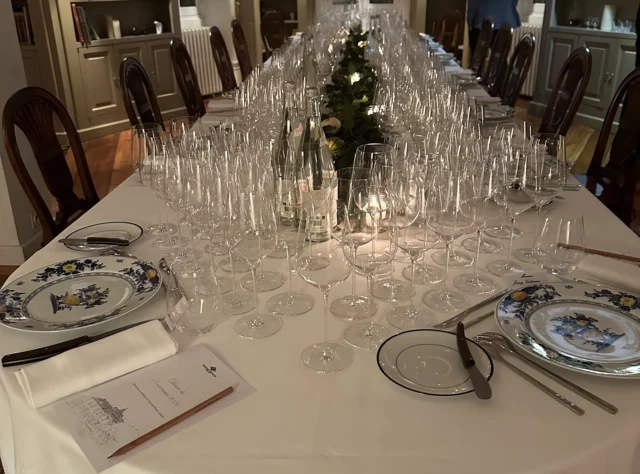Jean-Marc Pillot
Updated Sep 2022
Historical
After training at the Lycée Viticole in Beaune and completing his military service, Jean- Marc joined his father, Jean Pillot, in 1985, making his first vintage in new premises in the industrial zone close to Chagny in 1991. He has increased his domaine since then from five hectares to 11 hectares. Jean-Marc’s son Antonin has now joined the business.
Viticulture & Vinification
Half the production is white and half red. There are also a number of négociant cuvees, partly to enhance the range of less expensive vineyards and partly to add one or two top appellations. Their own vineyards are ploughed and are being converted to organic farming.
The whites are hand-harvested, gently crushed but not destemmed, then pressed. Antonin Pillot has switched to using indigenous yeasts from 2020. A light settling at cold temperature happens before the wines go to barrel for a long, slow fermentation at 15°C. The barrels are used for three years (a third new, a third one year old, a third two years old) but with the idiosyncratic detail that the older casks are always re-used for the same vineyards. Less ripe years may get a little lees-stirring. The wines stay on their fine lees in barrel for 12 months before racking into tank, where they remain for a further six months before bottling. Some smaller 1er Cru cuvées are kept for 16 months in barrel, with the 350 litre size now preferred at village level.
Jean-Marc and Antonin are keener on their reds than some Chassagne colleagues are on theirs. They are made seriously, with relatively long cuvaison including a pre-fermentation maceration of the destemmed grapes. The wines are aged for 12 months in barrel with a maximum of 30 per cent new oak, then racked into tank for a further six months’ ageing. There is enough weight of fruit in his wines to cover the bone structure.
Vineyards
The Domaine offers a good 1er cru Les Vergers but it lives perhaps in the shade of the separate bottling of Clos St-Marc, a Clos which is properly walled and attracts snakes in the summer. More importantly, the vines were planted in 1910 (though a few have been recently replaced) which helps to provide the exceptional intensity of this wine.
The domaine makes one of the very best red wines from Clos St-Jean.
| WHITE WINES | Ha |
|---|---|
| Chassagne 1er Cru Caillerets | 0.30 |
| Chassagne 1er Cru Fairendes | 0.47 |
| Chassagne 1er Cru Champs Gain | 0.24 |
| Chassagne 1er Cru Chenevottes | 0.29 |
| Chassagne 1er Cru Vergers | 0.43 |
| Chassagne 1er Cru Clos Saint Marc | 0.35 |
| Chassagne 1er Cru Macherelles | 0.28 |
| Puligny-Montrachet Noyer Bret | 0.46 |
| Chassagne-Montrachet | 2.70 |
| RED WINES | Ha |
|---|---|
| Chassagne 1er Cru Clos St-Jean | 0.44 |
| Chassagne 1er Cru Fairendes | 0.64 |
| Chassagne 1er Cru Macherelles | 0.37 |
| Santenay Champs Claude | 1.38 |
| Chassagne-Montrachet | 1.30 |





